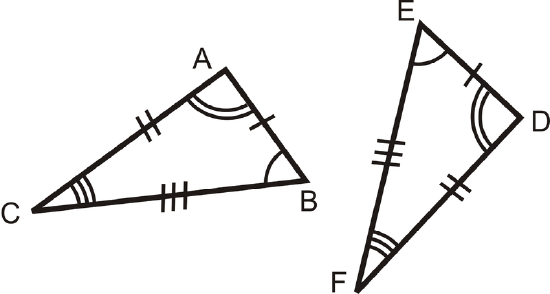

Two figures are congruent if they have exactly the same size and shape. If two triangles are congruent, they will have exactly the same three sides and exactly the same three angles. In other words, two triangles are congruent if you can turn, flip, and/or slide one so it fits exactly on the other. \(\Delta ABC\) and \(\Delta DEF\) are congruent because \(\begin\overline\cong DE &\qquad& \angle A\cong \angle D \\ \overline\cong EF\overline&\:and\:& \angle B\cong \angle E \\ \overline\cong \overline &\qquad& \angle C\cong \angle F \end\) Notice that when two triangles are congruent their three pairs of corresponding angles and their three pairs of corresponding sides are congruent. When referring to corresponding congruent parts of congruent triangles, you can use the phrase Corresponding Parts of Congruent Triangles are Congruent, or its abbreviation CPCTC. What if you were given two triangles with all the angle measures and all the side lengths marked? How could you tell if the two triangles were congruent?
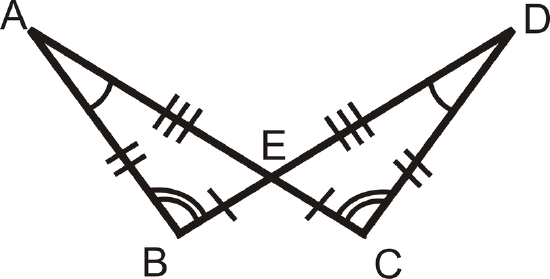
Example \(\PageIndex<1>\) Determine if the triangles are congruent using the definition of congruent triangles. Solution We can see from the markings that \(\angle B\cong \angle C\), \(\angle A\cong \angle D\), and \(\angle AEB\cong \angle DEC\) because they are vertical angles. Also, we know that \(\overline\cong \overline\), \(\overline\cong \overline\), and \(\overline\cong \overline\). Because three pairs of sides and three pairs of angles are all congruent and they are corresponding parts, this means that the two triangles are congruent.
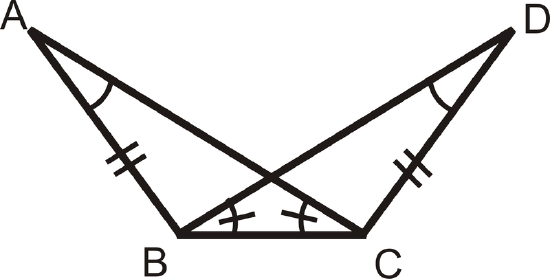
Example \(\PageIndex<2>\) Determine if the triangles are congruent using the definition of congruent triangles. Solution While there are congruent corresponding parts, there are only two pairs of congruent sides, the marked ones and the shared side. Without knowing whether or not the third pair of sides is congruent we cannot say if the triangles are congruent using the definition of congruent triangles. Note, this does not mean that the triangles are not congruent, it just means that we need more information in order to say they are congruent using the definition of congruent triangles (congruent triangles have three pairs of congruent angles and three pairs of congruent sides).
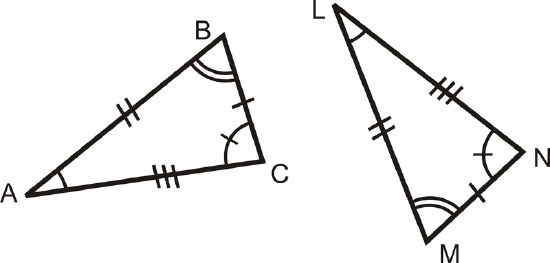
Example \(\PageIndex<3>\) Are the two triangles below congruent? Solution To determine if the triangles are congruent, match up sides with the same number of tic marks: \(\overline\cong \overline\), \(\overline\cong \overline\), \(\overline\cong \overline\). Next match up the angles with the same markings: \(\angle A\cong \angle L\), \(\angle B\cong \angle M\), and \(\angle C\cong \angle N\). Lastly, we need to make sure these are corresponding parts. To do this, check to see if the congruent angles are opposite congruent sides. Here, \(\angle A\) is opposite \(\overline\) and \(\angle L\) is opposite \(\overline\). Because \(\angle A\cong \angle L\) and \(\overline\cong \overline\), they are corresponding. Doing this check for the other sides and angles, we see that everything matches up and the two triangles are congruent.
Example \(\PageIndex<4>\) If all three pairs of angles for two given triangles are congruent does that mean that the triangles are congruent? Solution Without knowing anything about the lengths of the sides you cannot tell whether or not two triangles are congruent. The two triangles described above might be congruent, but we would need more information to know for sure.
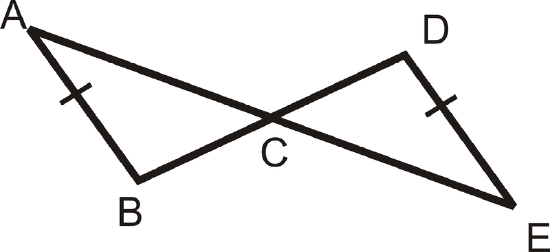
Example \(\PageIndex<5>\) Determine if the triangles are congruent using the definition of congruent triangles. Solution From the tic marks we can see that \(\overline\cong \overline\). We also know that \(\angle ACB\cong \angle ECD\) because they are vertical angles. However, this is not enough information to know whether or not the triangles are congruent.
The following illustrations show two parallel lines cut by a transversal (You may assume that even though the lines are not marked parallel, the two lines that look parallel, actually are). Are the triangles formed by them definitively congruent?
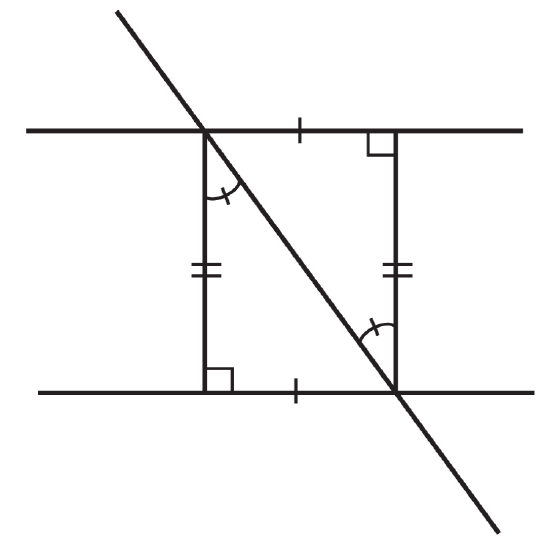
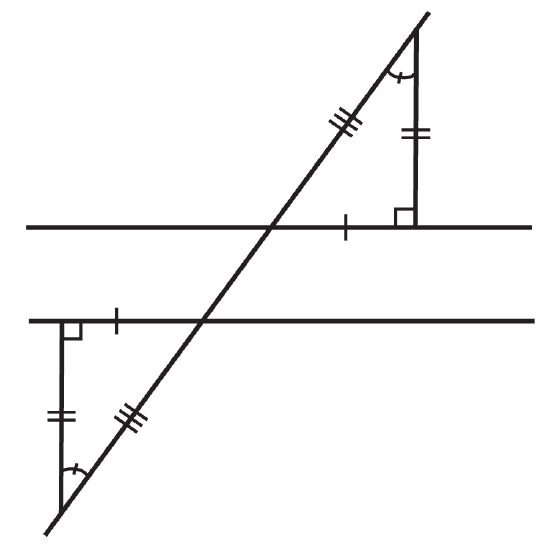
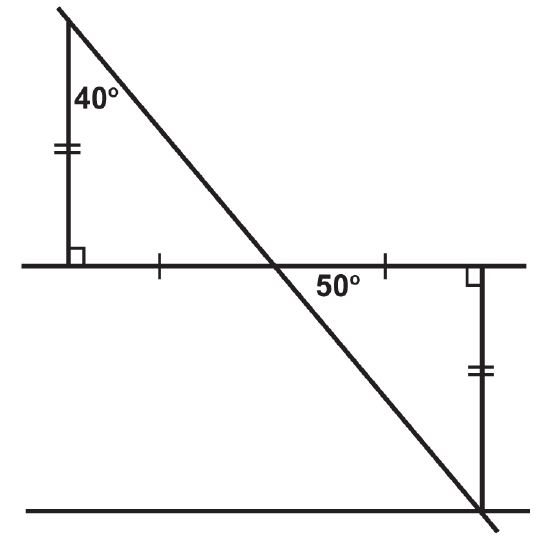

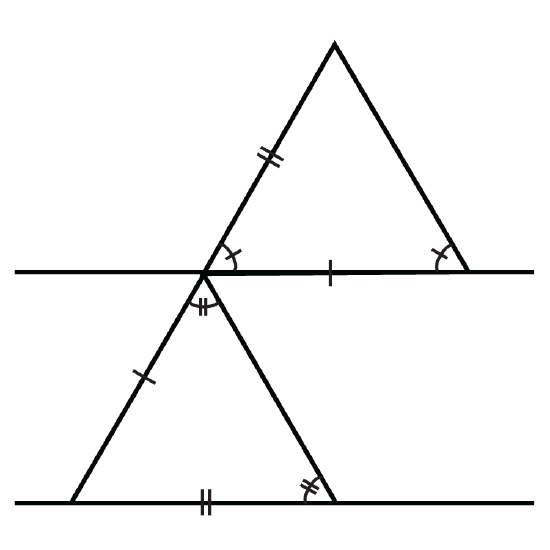
Based on the following details, are the triangles definitively congruent?
To see the Review answers, open this PDF file and look for section 4.3.